Breaking the Cycle: How to Overcome Familial Alcohol Dependence
Alcohol dependence is a complex and deeply rooted issue that often transcends generations. For many, the struggle with alcohol isn’t just a personal battle—it’s a family legacy. Scientific research has consistently shown that genetics play a significant role in the development of alcohol use disorder (AUD). If you have a family history of alcoholism, you may be at a higher risk. But here’s the crucial takeaway: genetic predisposition does not equate to destiny. You have the power to break the cycle. This article explores why alcohol dependence runs in families and provides actionable steps to quit and reclaim control of your life.
The Genetic Link: Understanding Why Alcoholism Runs in Families
Studies indicate that children of parents with alcohol use disorder are two to four times more likely to develop the condition themselves. This heightened risk isn’t just due to environmental factors, such as growing up in a household where drinking is normalized. Research into twin and adoption studies has revealed that genetics account for approximately 50–60% of the vulnerability to AUD. Specific genes, such as those affecting alcohol metabolism (e.g., ALDH2) or neurotransmitter systems (e.g., GABA and dopamine), can influence how a person responds to alcohol. For some, alcohol may produce a more intense feeling of pleasure or reduce anxiety more effectively, increasing the likelihood of repeated use and dependence.
However, genetics alone don’t tell the whole story. Environmental and psychological factors—such as stress, trauma, peer influence, and family dynamics—interact with genetic predispositions. Growing up in a home where alcohol is used to cope with emotions or stress can normalize this behavior, making it more likely for younger generations to adopt similar patterns. The combination of genetic vulnerability and environmental triggers creates a perfect storm for alcohol dependence to persist across generations.
Recognizing the Signs: Are You at Risk?
If you have a family history of alcoholism, it’s essential to be aware of the early warning signs. These may include:
- Drinking to cope with stress, anxiety, or negative emotions.
- Needing larger amounts of alcohol to achieve the same effect (tolerance).
- Experiencing cravings or strong urges to drink.
- Prioritizing drinking over responsibilities, hobbies, or relationships.
- Continuing to drink despite negative consequences, such as health issues or conflicts with loved ones.
Acknowledging these signs is the first step toward breaking the cycle. Denial is a common barrier, especially when alcohol use feels like a normalized part of your family culture. But remember: recognizing the problem is an act of courage, not weakness.
How to Quit: Strategies for Breaking Free
Quitting alcohol, especially when it feels like a familial "inheritance," can be daunting. However, with the right strategies and support, it is entirely achievable. Here’s how to start:
1. Educate Yourself and Acknowledge the Risk
Understanding your genetic predisposition can be a powerful motivator. Knowledge empowers you to make informed decisions. Accept that you may need to be more vigilant about your drinking habits than someone without a family history of AUD.
2. Set Clear and Realistic Goals
Whether you aim to reduce your drinking or quit entirely, set specific, measurable goals. For example, you might decide to abstain from alcohol for 30 days initially, then reassess. Tracking your progress can help you stay accountable.
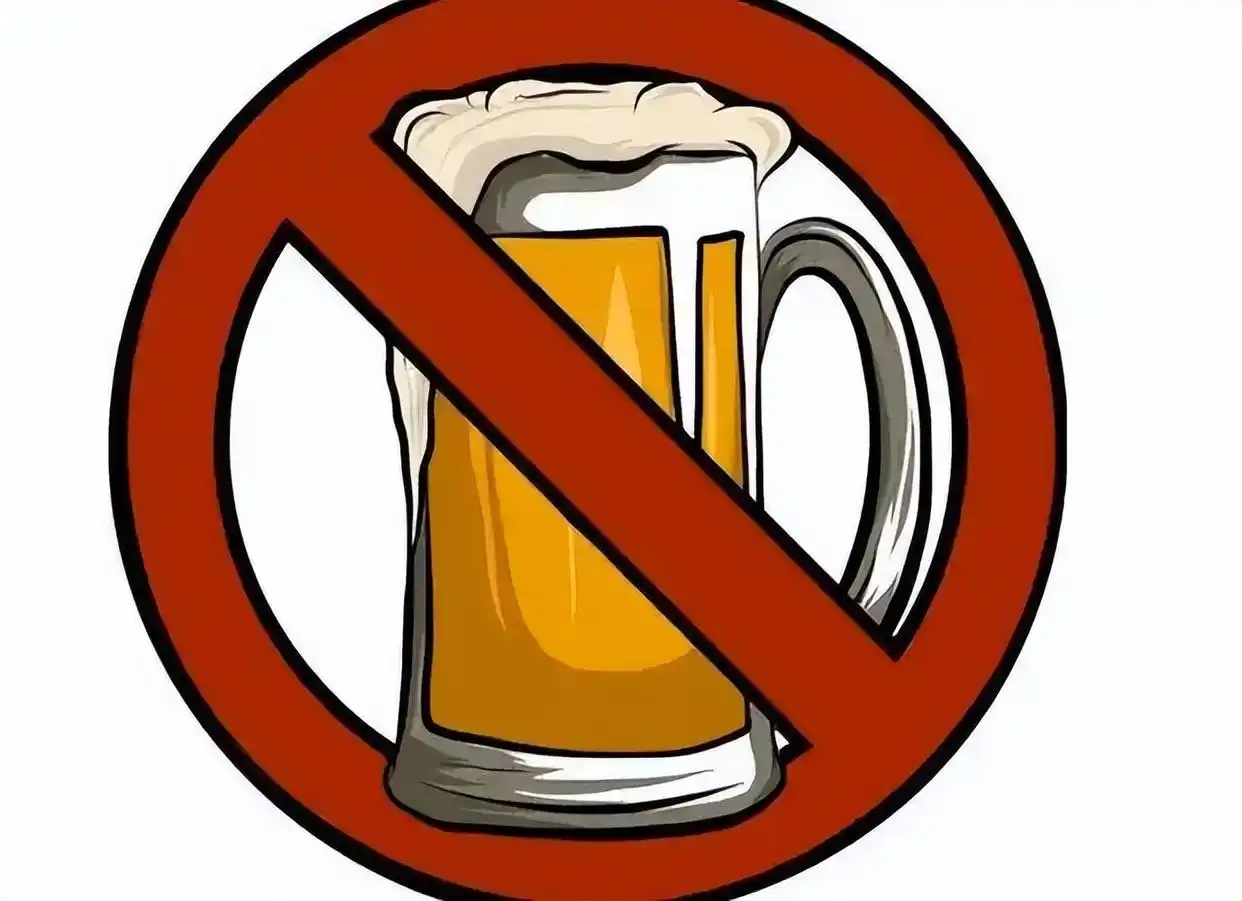
3. Seek Professional Help
Therapy, counseling, and medical support can be invaluable. Cognitive-behavioral therapy (CBT) is particularly effective in addressing the thought patterns and behaviors associated with drinking. Medications like naltrexone or acamprosate can also help reduce cravings and support long-term abstinence.
4. Build a Support System
You don’t have to do this alone. Connect with support groups like Alcoholics Anonymous (AA) or SMART Recovery, where you can share experiences and strategies with others facing similar challenges. Involving trusted friends or family members in your journey can also provide emotional reinforcement.
5. Develop Healthy Coping Mechanisms
Many people turn to alcohol to manage stress or emotional pain. Replace drinking with healthier alternatives, such as exercise, meditation, hobbies, or creative outlets. Learning to cope without alcohol is key to sustaining long-term change.
6. Create a New Family Narrative
Breaking the cycle of alcohol dependence isn’t just about quitting—it’s about creating a new legacy for yourself and future generations. By modeling healthy behaviors and open communication about alcohol, you can help prevent the pattern from repeating.
You Are Not Defined by Your Genes
Having a family history of alcoholism does not mean you are destined to struggle with it yourself. While genetics may load the gun, it’s environment and personal choices that pull the trigger. By taking proactive steps to understand your risk, recognize the signs, and seek support, you can rewrite your story. Quitting alcohol is not just about avoiding negative consequences; it’s about embracing a healthier, more fulfilling life. Don’t let familial alcohol dependence happen to you—take control today.
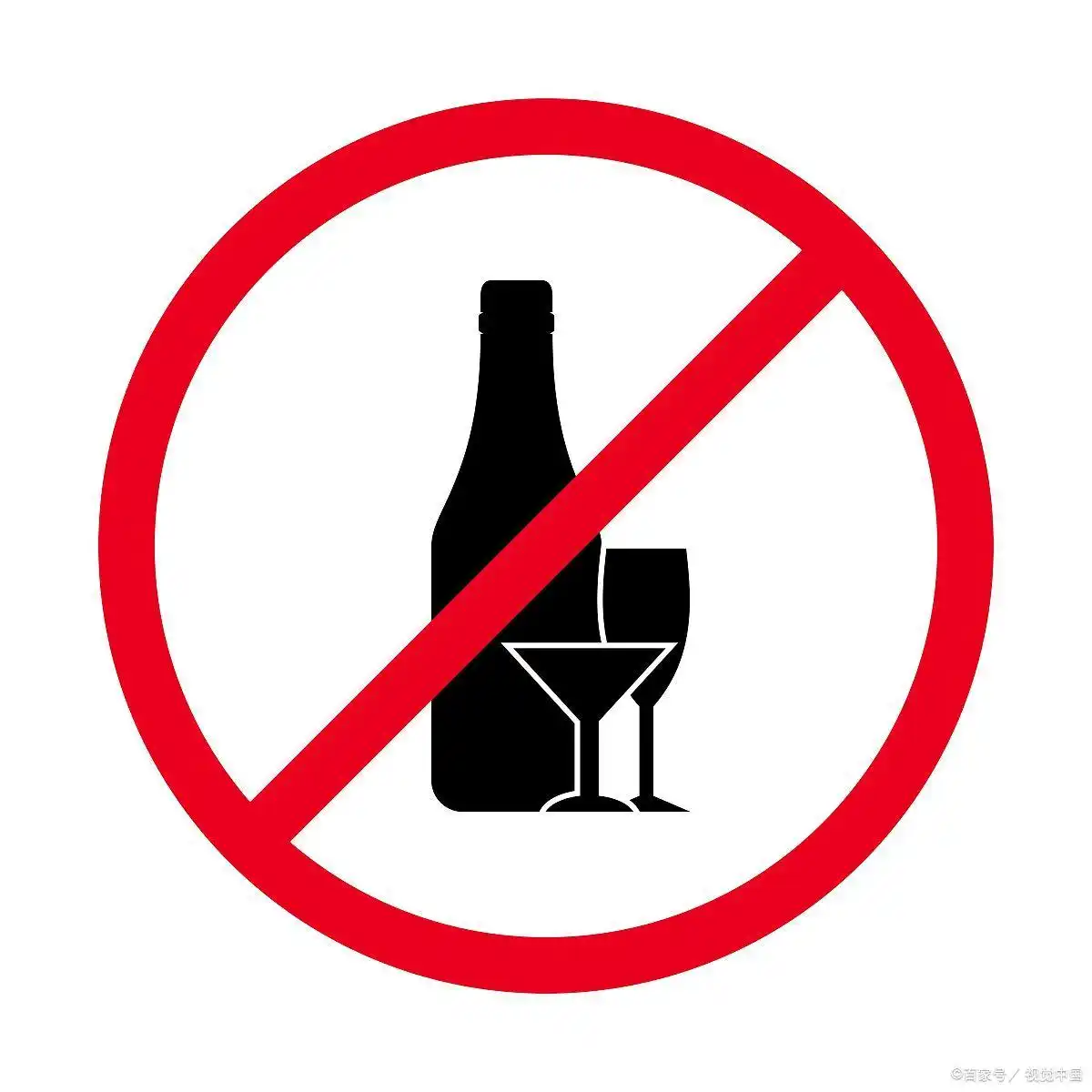
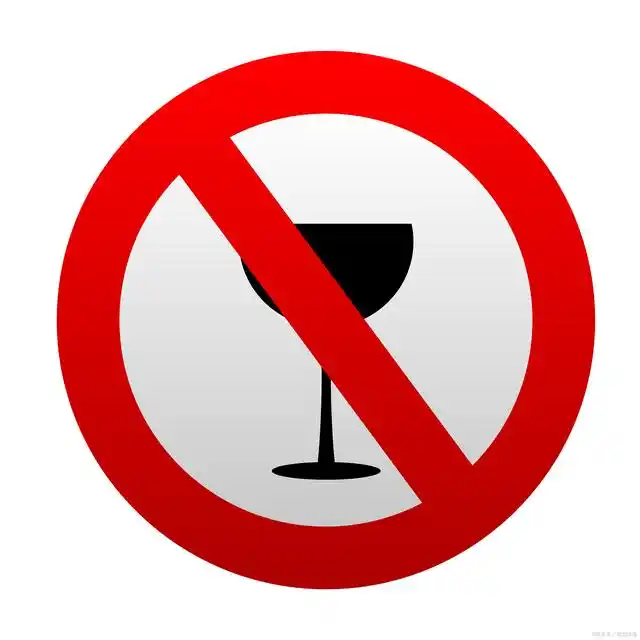
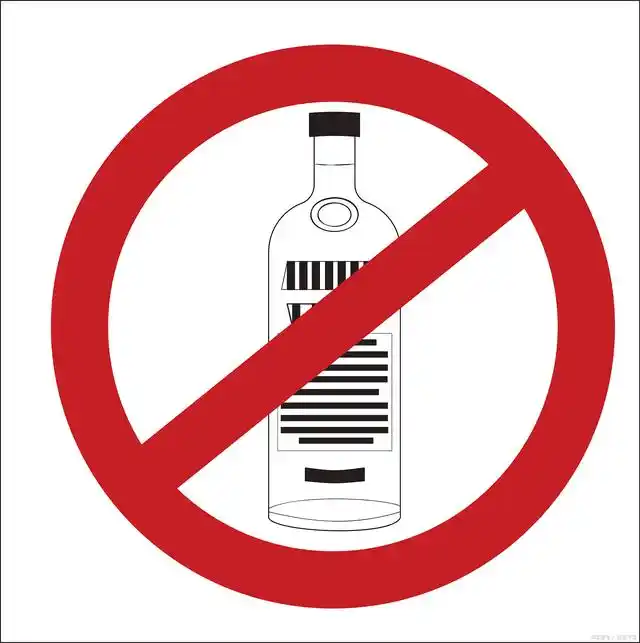
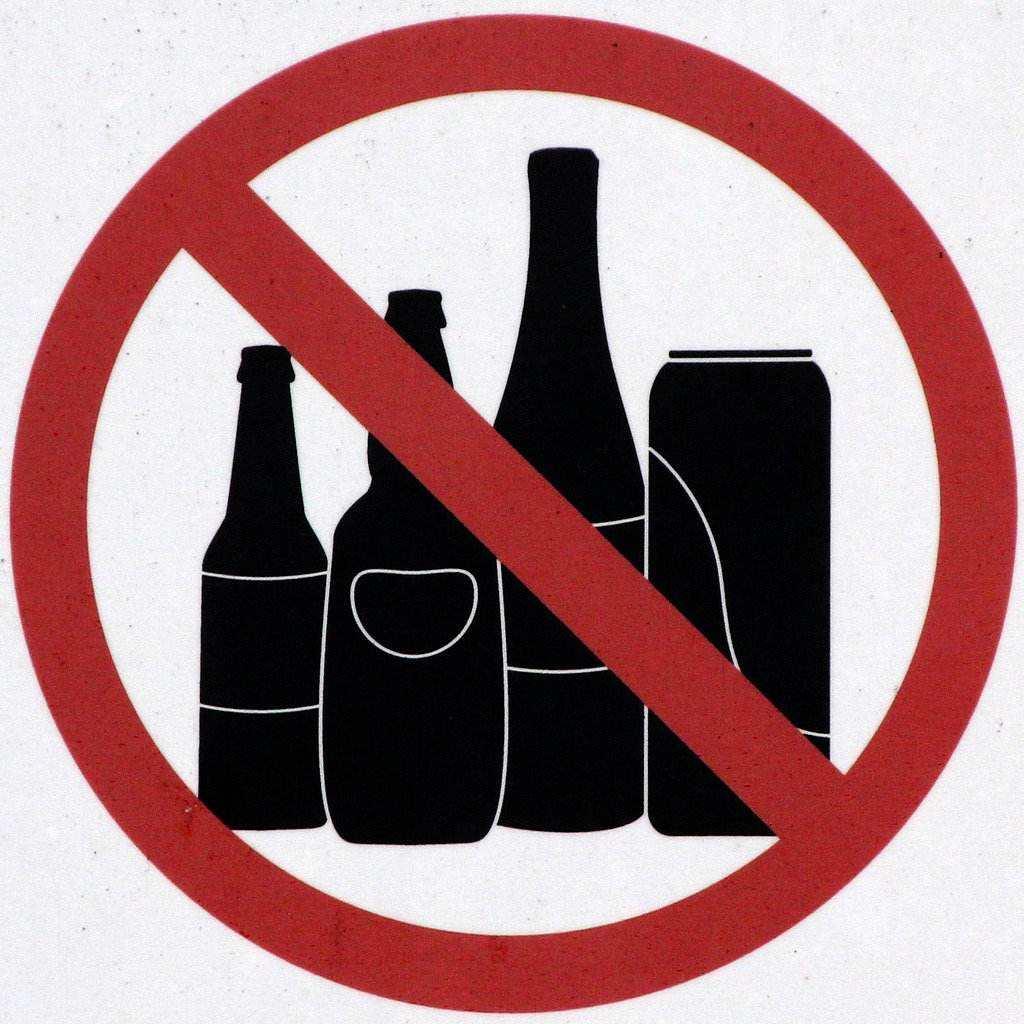
发表评论